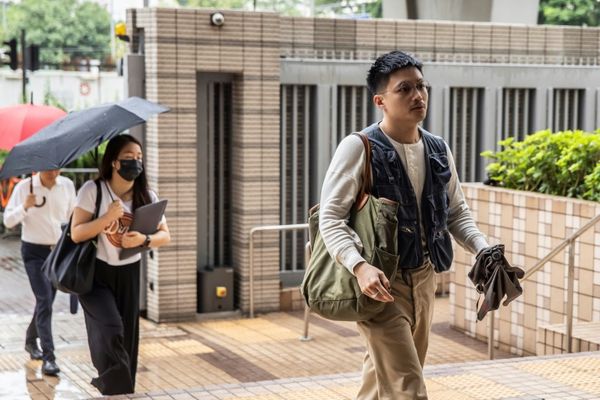
AVT Question: Please share insight and best practices for designing the higher ed classroom for today and the future.
Thought Leader: Christian Young, Pro AV Product Manager at ATEN Technology
COVID-19 changed the way classes were experienced at all educational levels. Since then, hybrid and remote lectures have become part of the new normal. More often now, however, schools are welcoming students full-time back into their classrooms, which means faculty now need to motivate participation from on-site students, while at the same time still providing a smooth experience to remote students and making them feel as if they are in the front of the room.
For remote students, joining lectures should be fast and easy. Wireless presentation video devices are the way to go, and should allow many students the ability to join classes in different ways." —Christian Young, Pro AV Product Manager at ATEN Technology
Different methodologies and technologies have been discussed and even applied in classrooms to keep the interest of on-site students. Classrooms need to be designed to allow collaborative work among students. Let students work in group projects with access to interactive and smart projectors, as well as virtual reality headsets that would help them step “outside of the room” to experience more real content. Immersive tools displaying 3D scenes for courses can provide an advantage when using such technology for history, biology, et cetera.
For remote students, joining lectures should be fast and easy. Wireless presentation video devices are the way to go, and should allow many students the ability to join classes in different ways, via an app or mobile streaming services like AirPlay or Chromecast. Better yet, if these wireless presentation switches include collaborative tools such as whiteboard, screen capture, multi-view, or moderator mode—that would help with the management and flow of content.







